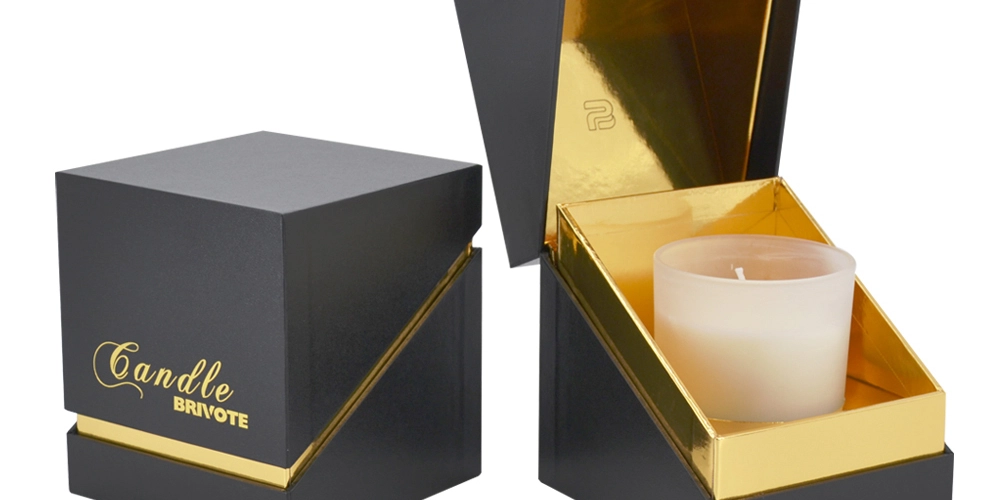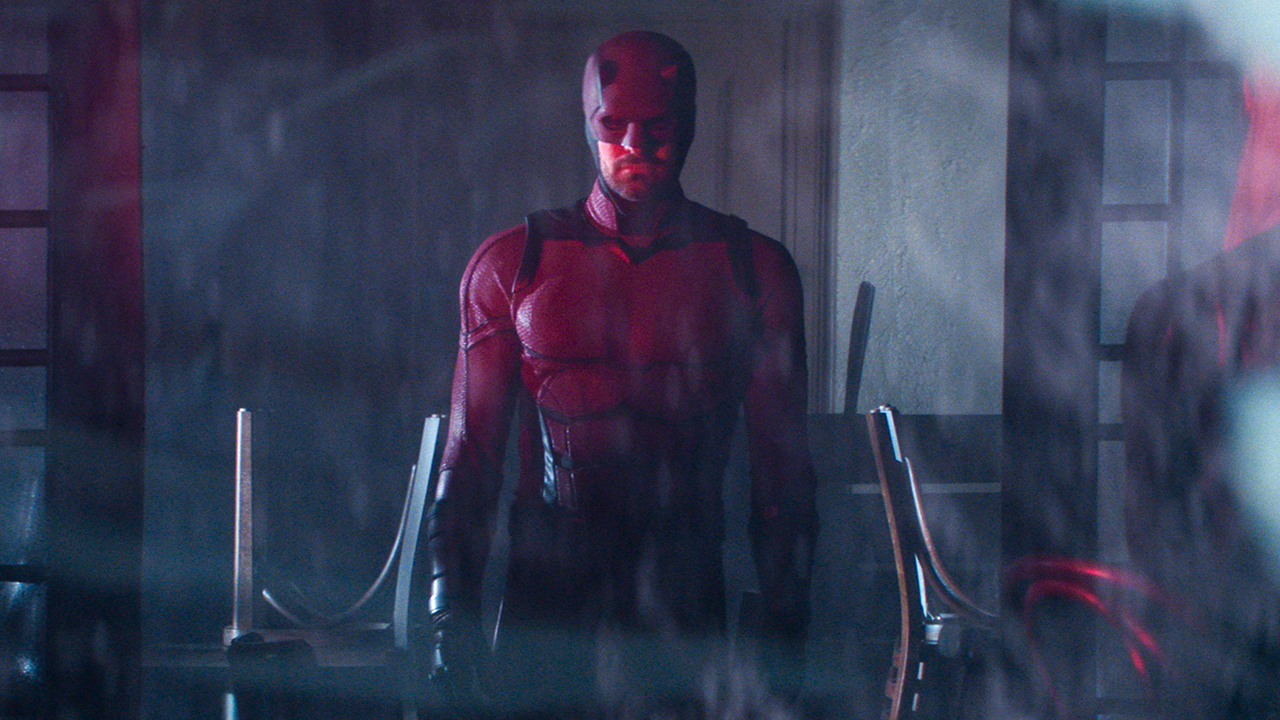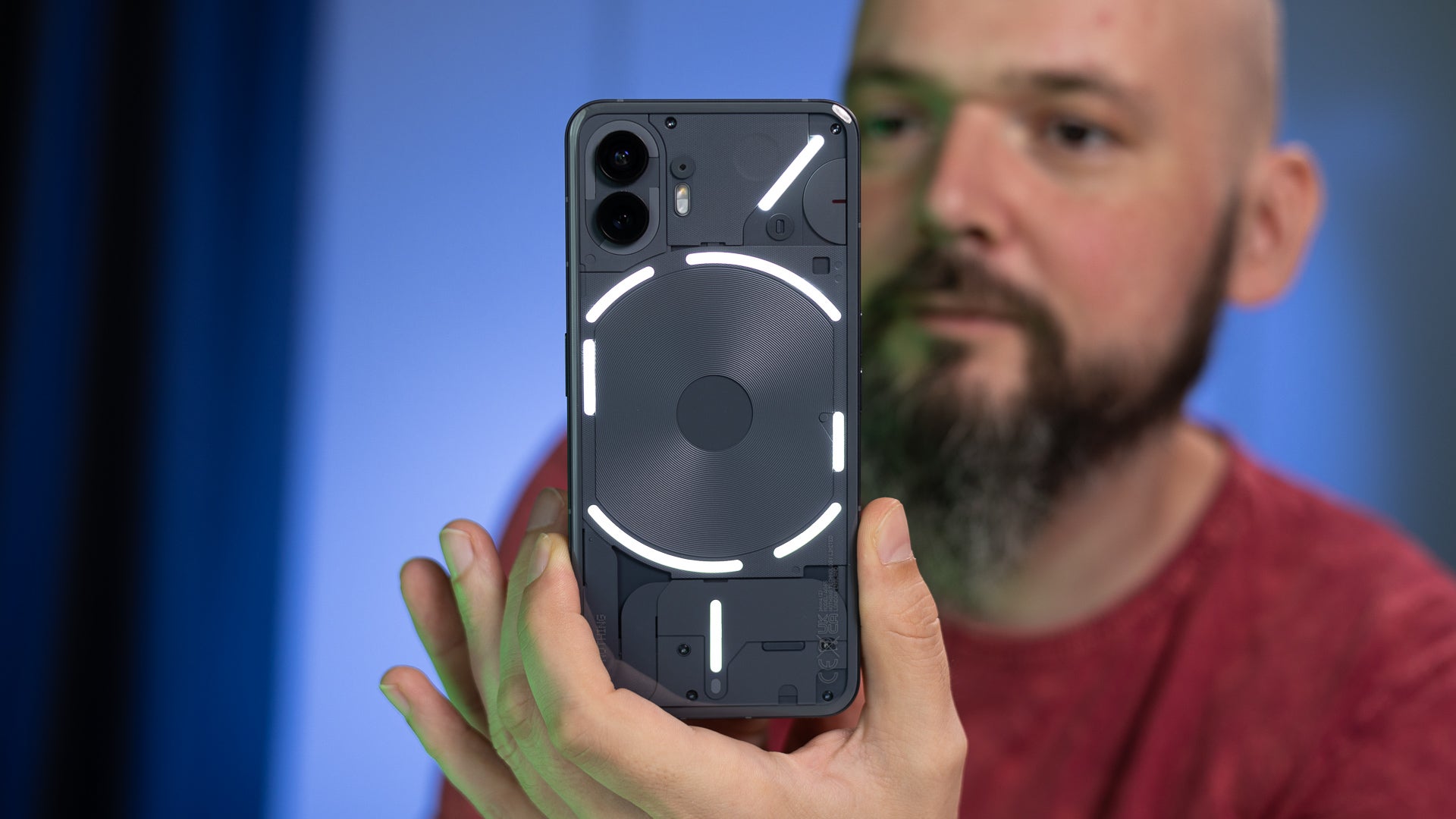Candle Packaging That Enhances Product Appeal
Packaging plays a big role in how people see a product. When it comes to candles, the packaging is not just a cover. It is part of the experience. Candle lovers often buy with their eyes first. If the packaging looks nice, they will stop and take a closer look. The outer look can speak for the scent and feel of the candle inside. In this guide, we will talk about how candle packaging can improve product appeal. Each part will explain a key point in 300 to 350 words to help you understand this topic fully. Understanding the Role of Packaging in Candle Sales Candle packaging is more than a box. It is the first thing people see. A well-designed package can create an emotional connection. This is important in today’s market where people want more than just a product. They want a story or a feeling too. When buyers look at candles on a shelf, they see many choices. Good packaging can help a candle stand out. A clean design or a stylish label can catch someone’s eye. This is why packaging design should match the candle’s purpose. For example, a calm scent might need soft colors and smooth textures. A strong scent could use bold colors and sharp lines. The packaging must also be practical. It should keep the candle safe. Glass jars or soft wax can break or melt. So, the box must protect the candle during shipping or while it sits in a store. Custom candle boxes are often made with these needs in mind, offering both style and strength. A good package shows that the brand cares. It tells the buyer that the product is high quality. People feel better buying from brands that take care of their packaging. Candle packaging also helps in sharing a brand message. A logo or slogan on the box can stay in people’s minds. This builds brand memory and trust. In short, the package helps sell the candle, not just protect it. How Color and Texture Influence Perception Color has a big effect on what people think and feel. In candle packaging, colors can speak for the scent or the mood. For example, blue is often seen as calm. Red feels warm or romantic. Green may suggest nature or freshness. Choosing the right color helps people guess what the candle offers before they even smell it. Texture is another key part of packaging. Smooth, matte, or glossy finishes can change how people view the candle. A soft-touch box can feel rich and make the product seem more premium. A rough or recycled texture might give a natural or earthy vibe. These two design features—color and texture—can guide how people react. If a package feels nice and looks beautiful, it may feel more expensive. People often connect touch with quality. So, brands that invest in good textures may see better customer interest. Simple designs with good color and texture also look modern. Many buyers today like minimal styles. Clean fonts and soft tones show elegance and class. If the scent is fresh, light pastels might fit. If it is deep and rich, darker tones and bold letters might work better. Choosing the Right Packaging Material Packaging material affects how a product is seen. It also helps protect the candle. That is why picking the right one is important. The material should match the candle’s value, scent, and style. Cardboard is the most common choice. It is strong, light, and easy to print on. It works well for many candle styles. Brands can shape it to fit different sizes and add special touches like embossing or foil stamping. Glass is often used for container candles. But when it comes to packaging glass candles, extra care is needed. Corrugated boxes with inserts or dividers help keep the product safe. This adds cost, but it also adds trust. Customers like to know their item will arrive in one piece. Eco-friendly materials are becoming more popular. Recycled paper and soy-based inks help brands appeal to green-minded buyers. They show that the company cares about the environment. It also adds to the product's feel. A nature-scented candle in recycled paper feels right. Adding Design Elements That Tell a Story Design is not just about beauty. It should tell the story of the candle. Every detail, from the font to the icon, adds meaning. A well-told story helps buyers connect with the product. The first step is to define the candle’s identity. Is it relaxing? Is it made for romance? Is it handmade? Once this is clear, the packaging can reflect that. A candle for stress relief may have calm images, like leaves or waves. A romantic candle might use hearts or flowers. Typography also plays a part. Big, bold letters look modern. Soft, curved fonts feel gentle. Choose one that matches the candle’s goal. The font size and space between lines also affect the mood. Labels can carry strong meaning. They can show where the candle is made, what ingredients it uses, or how it should be used. This builds trust and adds value. A short story on the label makes the product feel personal. It can be about how the scent was made or wh

Packaging plays a big role in how people see a product. When it comes to candles, the packaging is not just a cover. It is part of the experience. Candle lovers often buy with their eyes first. If the packaging looks nice, they will stop and take a closer look. The outer look can speak for the scent and feel of the candle inside. In this guide, we will talk about how candle packaging can improve product appeal. Each part will explain a key point in 300 to 350 words to help you understand this topic fully.
Understanding the Role of Packaging in Candle Sales
Candle packaging is more than a box. It is the first thing people see. A well-designed package can create an emotional connection. This is important in today’s market where people want more than just a product. They want a story or a feeling too.
When buyers look at candles on a shelf, they see many choices. Good packaging can help a candle stand out. A clean design or a stylish label can catch someone’s eye. This is why packaging design should match the candle’s purpose. For example, a calm scent might need soft colors and smooth textures. A strong scent could use bold colors and sharp lines.
The packaging must also be practical. It should keep the candle safe. Glass jars or soft wax can break or melt. So, the box must protect the candle during shipping or while it sits in a store. Custom candle boxes are often made with these needs in mind, offering both style and strength.
A good package shows that the brand cares. It tells the buyer that the product is high quality. People feel better buying from brands that take care of their packaging.
Candle packaging also helps in sharing a brand message. A logo or slogan on the box can stay in people’s minds. This builds brand memory and trust. In short, the package helps sell the candle, not just protect it.
How Color and Texture Influence Perception
Color has a big effect on what people think and feel. In candle packaging, colors can speak for the scent or the mood. For example, blue is often seen as calm. Red feels warm or romantic. Green may suggest nature or freshness. Choosing the right color helps people guess what the candle offers before they even smell it.
Texture is another key part of packaging. Smooth, matte, or glossy finishes can change how people view the candle. A soft-touch box can feel rich and make the product seem more premium. A rough or recycled texture might give a natural or earthy vibe.
These two design features—color and texture—can guide how people react. If a package feels nice and looks beautiful, it may feel more expensive. People often connect touch with quality. So, brands that invest in good textures may see better customer interest.
Simple designs with good color and texture also look modern. Many buyers today like minimal styles. Clean fonts and soft tones show elegance and class. If the scent is fresh, light pastels might fit. If it is deep and rich, darker tones and bold letters might work better.
Choosing the Right Packaging Material
Packaging material affects how a product is seen. It also helps protect the candle. That is why picking the right one is important. The material should match the candle’s value, scent, and style.
Cardboard is the most common choice. It is strong, light, and easy to print on. It works well for many candle styles. Brands can shape it to fit different sizes and add special touches like embossing or foil stamping.
Glass is often used for container candles. But when it comes to packaging glass candles, extra care is needed. Corrugated boxes with inserts or dividers help keep the product safe. This adds cost, but it also adds trust. Customers like to know their item will arrive in one piece.
Eco-friendly materials are becoming more popular. Recycled paper and soy-based inks help brands appeal to green-minded buyers. They show that the company cares about the environment. It also adds to the product's feel. A nature-scented candle in recycled paper feels right.
Adding Design Elements That Tell a Story
Design is not just about beauty. It should tell the story of the candle. Every detail, from the font to the icon, adds meaning. A well-told story helps buyers connect with the product.
The first step is to define the candle’s identity. Is it relaxing? Is it made for romance? Is it handmade? Once this is clear, the packaging can reflect that. A candle for stress relief may have calm images, like leaves or waves. A romantic candle might use hearts or flowers.
Typography also plays a part. Big, bold letters look modern. Soft, curved fonts feel gentle. Choose one that matches the candle’s goal. The font size and space between lines also affect the mood.
Labels can carry strong meaning. They can show where the candle is made, what ingredients it uses, or how it should be used. This builds trust and adds value. A short story on the label makes the product feel personal. It can be about how the scent was made or what inspired the design.
Importance of Branding in Candle Packaging
Branding sets your product apart from others. It is more than a logo. It includes color choices, voice, design, and feel. Good branding makes your candles easy to spot, even from far away.
Consistency is key in branding. All candles from one brand should have a similar look. This helps build trust. If someone likes one candle, they will want to try others from the same brand. The package must show the same style every time.
The logo should be easy to read and remember. It can be small but must stand out. Many brands use their logo on top or front of the package. This way, it gets noticed first.
Taglines also help. A short phrase that says what your brand stands for can stick in people’s minds. If your brand is about calm living, the tagline should reflect that. It can be printed inside the lid or under the box as a nice surprise.
Colors, textures, and fonts used in branding must all work together. They should reflect the brand’s values. A fun brand might use bright colors. A luxury brand may go with black, gold, or white tones.
Using Window Cut-Outs and Inserts Creatively
Window cut-outs are a smart feature in candle packaging. They let buyers see the candle without opening the box. This builds trust and adds charm. The shape and style of the cut-out matter too.
Clear plastic or acetate windows are common. They keep the product safe but still visible. This way, people can see the color or texture of the candle inside. They can also look at any design on the jar.
Cut-outs come in many shapes. A round window feels soft and calming. A square window looks modern and bold. You can even use custom shapes like stars or hearts. These can match the candle’s theme or scent.
Inserts are just as important. They keep the candle in place. This helps during shipping. But inserts can also add style. Colored paper, printed trays, or shaped padding can make the unboxing feel special.
Here are a few ways to use windows and inserts well:
- Place the window where it shows the label inside.
- Match the insert color with the brand theme.
- Add a printed message inside the box lid.
Windows and inserts improve both looks and safety. They show what the candle offers, while keeping it secure. When used well, they help the product stand out and feel premium.
Enhancing Gift Appeal Through Packaging
Candles are often bought as gifts. That is why packaging must look ready to give. A gift-ready candle saves buyers time and effort. It also feels more special.
The package should look neat and stylish. Boxes with magnetic closures or soft-touch finishes work well. They feel classy and luxurious. Some brands use ribbon closures or wax seals. These details make the product look rich.
Gift tags or message spaces on the box also help. People like to write notes when they give gifts. A space inside the lid or on the label adds a personal touch.
Some packaging even opens in a special way. Slide-out drawers or fold-open boxes surprise the buyer. These touches create joy during unboxing.
Here are a few features that improve gift appeal:
- Soft colors like cream, blush, or gold
- Strong boxes that do not crush easily
- Add-ons like ribbons, pouches, or tissue paper
Packaging that looks like a gift adds value. It makes the candle feel like more than just wax and scent. It becomes an experience. That’s why brands who want to sell more as gifts must design their packaging with gifting in mind.
Conclusion
Candle packaging plays a big role in how customers see and feel about a product. When the packaging is well-designed, it attracts more people and builds brand trust. Good packaging not only protects the candle but also adds to the overall experience. It helps customers feel more connected to the brand and more confident in their purchase. From eco-friendly designs to creative labels, each part of the packaging helps make a lasting impression.





























![[Webinar] AI Is Already Inside Your SaaS Stack — Learn How to Prevent the Next Silent Breach](https://blogger.googleusercontent.com/img/b/R29vZ2xl/AVvXsEiOWn65wd33dg2uO99NrtKbpYLfcepwOLidQDMls0HXKlA91k6HURluRA4WXgJRAZldEe1VReMQZyyYt1PgnoAn5JPpILsWlXIzmrBSs_TBoyPwO7hZrWouBg2-O3mdeoeSGY-l9_bsZB7vbpKjTSvG93zNytjxgTaMPqo9iq9Z5pGa05CJOs9uXpwHFT4/s1600/ai-cyber.jpg?#)










































































































































![[The AI Show Episode 144]: ChatGPT’s New Memory, Shopify CEO’s Leaked “AI First” Memo, Google Cloud Next Releases, o3 and o4-mini Coming Soon & Llama 4’s Rocky Launch](https://www.marketingaiinstitute.com/hubfs/ep%20144%20cover.png)





























































































































![[FREE EBOOKS] Machine Learning Hero, AI-Assisted Programming for Web and Machine Learning & Four More Best Selling Titles](https://www.javacodegeeks.com/wp-content/uploads/2012/12/jcg-logo.jpg)








































































![Rogue Company Elite tier list of best characters [April 2025]](https://media.pocketgamer.com/artwork/na-33136-1657102075/rogue-company-ios-android-tier-cover.jpg?#)








































































_Andreas_Prott_Alamy.jpg?width=1280&auto=webp&quality=80&disable=upscale#)


































































































![What’s new in Android’s April 2025 Google System Updates [U: 4/18]](https://i0.wp.com/9to5google.com/wp-content/uploads/sites/4/2025/01/google-play-services-3.jpg?resize=1200%2C628&quality=82&strip=all&ssl=1)










![Apple Watch Series 10 Back On Sale for $299! [Lowest Price Ever]](https://www.iclarified.com/images/news/96657/96657/96657-640.jpg)
![EU Postpones Apple App Store Fines Amid Tariff Negotiations [Report]](https://www.iclarified.com/images/news/97068/97068/97068-640.jpg)
![Apple Slips to Fifth in China's Smartphone Market with 9% Decline [Report]](https://www.iclarified.com/images/news/97065/97065/97065-640.jpg)



































































































































